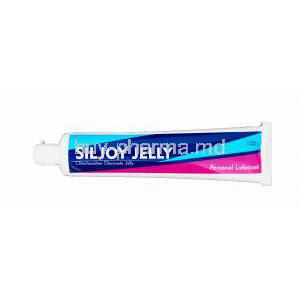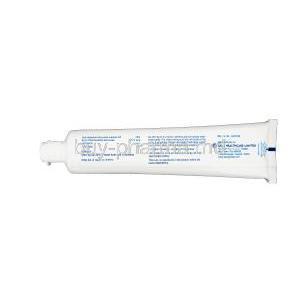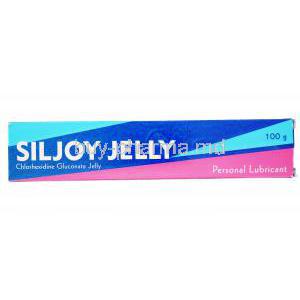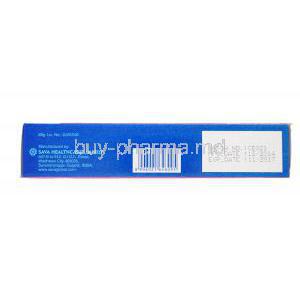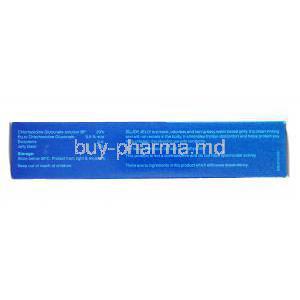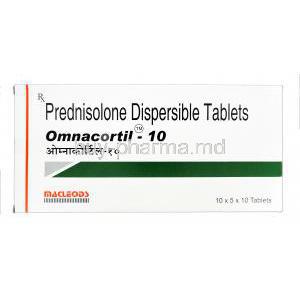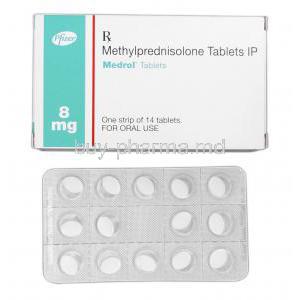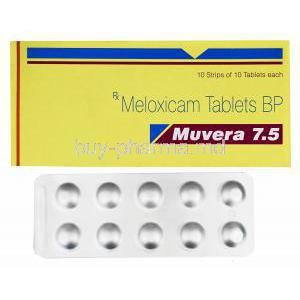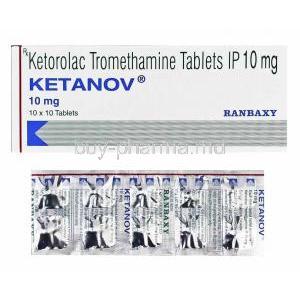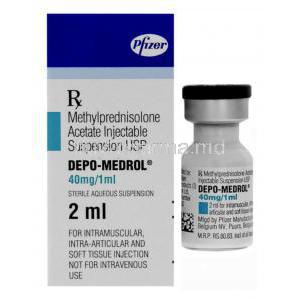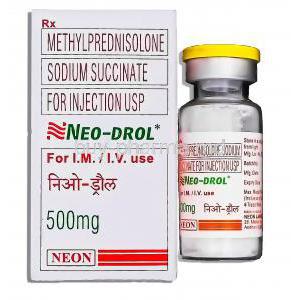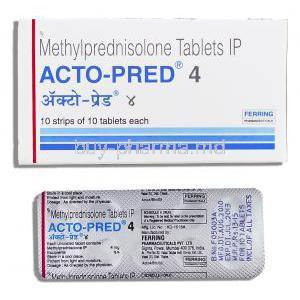1. Introduction to Siljoy Jelly
Overview of Siljoy Jelly and Its Therapeutic Class
Siljoy Jelly is a broad-spectrum topical antiseptic formulated to prevent and control localized infections. It belongs to the class of antimicrobial agents known as biguanides and is primarily used for its bactericidal and bacteriostatic properties. The product plays a crucial role in infection control in both outpatient and clinical settings.
Key Features and Formulation Type
Siljoy Jelly is presented as a clear, water-soluble gel infused with Chlorhexidine Gluconate. Its jelly formulation allows for precise application to intact or compromised skin, ensuring optimal contact time. It is non-greasy, fast-drying, and leaves a protective antimicrobial barrier on the skin.
Regulatory Status and Approval in Different Regions
Chlorhexidine-based antiseptics like Siljoy Jelly are widely approved in numerous countries under varying trade names. While Siljoy Jelly may be marketed as an over-the-counter product in certain regions, in others it is regulated as a prescription-only medication due to its use in clinical procedures.
2. Composition and Active Ingredients
Main Active Ingredient: Chlorhexidine Gluconate
Each unit of Siljoy Jelly contains Chlorhexidine Gluconate as the primary antiseptic agent. This compound is renowned for its persistent antimicrobial effect and high affinity for skin and mucosal surfaces.
Concentration and Pharmaceutical Form
The most common concentration used in Siljoy Jelly is 0.5% to 2% Chlorhexidine Gluconate in an aqueous gel base, depending on the indication and region-specific formulation standards.
Inactive Components and Their Functions
The formulation includes stabilizers, gelling agents such as hydroxyethylcellulose, purified water, and pH adjusters. These components ensure product stability, spreadability, and compatibility with the skin.
Comparison with Other Chlorhexidine-Based Products
Unlike solutions and wipes, Siljoy Jelly offers localized application without runoff, making it suitable for wound edges, catheter sites, and mucosal surfaces where longer contact is desired.
3. Mechanism of Action: How Siljoy Jelly Works
Bactericidal and Bacteriostatic Properties
Chlorhexidine exerts both bactericidal (kills bacteria) and bacteriostatic (inhibits growth) effects, depending on concentration and exposure time.
Disruption of Microbial Cell Membranes
The molecule binds to bacterial cell walls, altering their permeability and causing leakage of intracellular components, leading to rapid cell death.
Spectrum of Activity
Siljoy Jelly is effective against a wide range of pathogens:
- Gram-positive bacteria (e.g., Staphylococcus aureus)
- Gram-negative bacteria (e.g., Escherichia coli)
- Certain yeasts and fungi
- Enveloped viruses to a limited extent
Duration of Action and Residual Antimicrobial Effect
Chlorhexidine binds to keratin in the skin, offering a residual antimicrobial barrier that remains active for hours after application.
4. Medical Uses and Approved Indications
- Preoperative skin antisepsis before minor surgical interventions
- Antiseptic for minor cuts, abrasions, lacerations, and burns
- Topical treatment for mild impetigo and folliculitis
- Application around catheter or injection sites
- Management of oral mucosal conditions such as gingivitis and stomatitis (when formulated appropriately for mucosal use)
5. Off-Label Uses and Emerging Applications
Management of Acne and Folliculitis
Siljoy Jelly is increasingly used in dermatological settings as an adjunct to acne therapies, especially in patients with inflamed pustules and bacterial overgrowth.
Adjunctive Treatment for Atopic Dermatitis
In atopic skin with frequent excoriations and secondary infections, Siljoy Jelly helps reduce colonization by *Staphylococcus aureus*, improving outcomes.
Post-Surgical Wound Care
Plastic surgeons and dentists use chlorhexidine gels to maintain asepsis in post-operative sites, especially where stitches or incisions are prone to contamination.
Veterinary Off-Label Uses
Siljoy Jelly has been employed in veterinary medicine for wound irrigation and maintenance in small animals and pets, under professional guidance.
6. Dosage and Administration Guidelines
Standard Application Method
Apply a thin layer to clean, dry skin or mucosal surface using a sterile applicator or clean fingertip.
Frequency and Duration of Use
Use 1 to 3 times daily or as directed by a healthcare provider. Prolonged use should be avoided without medical supervision.
Dosage Adjustments
In cases of severe or widespread infection, additional systemic therapy may be necessary. Avoid application over large body surface areas in infants or those with compromised skin.
Instructions for Oral Mucosal Use
Only use specialized oral formulations of Siljoy Jelly intraorally. Apply with caution to avoid ingestion and follow dental professional recommendations.
When and How to Discontinue
Discontinue at the end of infection or if signs of hypersensitivity (rash, swelling, itching) occur.
7. Storage Instructions for Siljoy Jelly
- Store in a cool, dry place at temperatures between 15–25°C
- Do not freeze or expose to direct sunlight
- Keep out of reach of children and pets
- Do not use if the jelly becomes discolored, separates, or emits an unusual odor
8. Potential Drug and Product Interactions
Interactions with Other Topical Agents
Concurrent use with other antiseptics or antibiotics can lead to chemical neutralization or compounded irritation.
Incompatibility with Anionic Compounds
Chlorhexidine is inactivated by anionic surfactants such as soaps and detergents. Avoid use immediately before or after bathing with standard soap.
Cross-Reactivity with Other Cationic Agents
Other cationic antiseptics may increase skin irritation risk when used together.
Considerations with Systemic Antibiotics
No known systemic interaction, but concurrent use should be guided by clinical necessity.
9. Common and Serious Side Effects
Frequently Reported Side Effects
- Mild skin dryness or peeling
- Transient burning or stinging sensation upon application
- Itching or redness at the application site
Less Common But Serious Adverse Effects
- Contact dermatitis or delayed hypersensitivity reactions
- Anaphylactic reactions (rare but potentially life-threatening)
- Mucosal ulceration, especially with prolonged oral use
- Photosensitive skin reactions in light-exposed areas
10. Contraindications for Use
Known Hypersensitivity to Chlorhexidine or Related Compounds
Siljoy Jelly must not be used in individuals with a known history of hypersensitivity to chlorhexidine or other biguanide antiseptics. Even minimal exposure may provoke a rapid immune response, including urticaria, bronchospasm, or anaphylaxis in sensitized patients.
Avoidance in Patients with History of Severe Allergic Skin Reactions
Patients who have experienced severe dermatological reactions such as Stevens-Johnson syndrome, toxic epidermal necrolysis, or widespread contact dermatitis to antiseptics should avoid the use of Siljoy Jelly, regardless of the route of administration.
Contraindications in Ophthalmic and Otic Applications
Chlorhexidine is known to be ototoxic and can cause serious damage to ocular tissues. It is strictly contraindicated for use in or around the eyes and inner ears. Accidental exposure may result in corneal injury, hearing loss, or vestibular dysfunction.
Not for Use in Deep Puncture Wounds
Siljoy Jelly is not suitable for application in deep wounds, including puncture injuries or surgical cavities. Its viscosity may trap bacteria inside tissue and delay healing or exacerbate infection risk.
11. Warnings and Important Precautions
Avoid Contact with Eyes, Ears, and Brain Tissue
Extreme caution must be exercised to prevent the jelly from entering ocular surfaces, middle or inner ear canals, or exposed neural structures during surgical procedures.
Risk of Severe Allergic Reaction and Anaphylaxis
Although rare, anaphylactic reactions have been reported with chlorhexidine-containing products. Signs include facial swelling, hypotension, respiratory distress, and urticaria. Immediate discontinuation and emergency care are mandatory if symptoms occur.
Do Not Use in Conjunction with Other Antiseptics Without Physician Advice
Using Siljoy Jelly in combination with iodine-based or alcohol-based antiseptics may cause chemical interactions, leading to precipitation, skin irritation, or loss of efficacy.
Flammability Warning for Certain Formulations
While the jelly formulation is typically water-based, users must verify flammability information on the label, especially if alcohol is present. Flammable products should not be used near open flames or electrosurgical equipment.
Risk of Staining on Fabrics and Dental Materials
Chlorhexidine may irreversibly stain cotton fabrics, synthetic fibers, and dental appliances. Care must be taken to prevent unintended contact with clothing, linens, and prosthetic devices.
12. Careful Administration and Risk Mitigation
Guidelines for Avoiding Mucosal Damage
When used on or near mucosal tissues, only formulations labeled for mucosal application should be used. Avoid excessive dosing and ensure even, thin application to prevent irritation or tissue erosion.
Cautions in Use Over Large Body Surface Areas
Prolonged or repeated use over extensive skin areas can increase systemic absorption, especially in neonates or those with compromised skin integrity. Limit exposure and monitor for toxicity signs.
Patch Testing Recommendation for Patients with Atopic Tendencies
For patients with a history of eczema or contact allergies, perform a small-area patch test before full application to screen for hypersensitivity.
Patient Education on Proper Application and Avoidance of Ingestion
Users should be instructed to avoid applying the jelly to broken skin unless directed, not to ingest the product, and to wash hands thoroughly after use. Children should be supervised to prevent accidental exposure.
13. Administration in Special Populations
13.1 Elderly Patients
Altered Skin Barrier Function and Absorption Risk
In the elderly, dermal absorption may be enhanced due to thinning skin, increasing the risk of systemic exposure and potential toxicity.
Monitoring for Delayed Healing or Increased Sensitivity
Chlorhexidine may cause prolonged erythema or delayed epithelialization in aged skin. Regular monitoring is recommended during extended use.
13.2 Pregnant and Lactating Women
Safety Data on Use During Pregnancy (Topical vs Mucosal)
Topical use of chlorhexidine is generally considered low-risk during pregnancy. However, mucosal use should be limited due to lack of comprehensive reproductive toxicity data.
Recommendations for Use During Lactation
When used on the breast or chest, ensure the product is fully rinsed before nursing to prevent infant ingestion. Avoid mucosal use unless clearly indicated and supervised by a physician.
Risks of Perinatal Exposure During Labor Preparation
Though chlorhexidine is sometimes used in labor for vaginal cleansing, its safety profile must be weighed against risks of neonatal skin or mucosal irritation. Only use under obstetric supervision.
13.3 Pediatric Use and Administration
Suitability for Children and Infants
Chlorhexidine jelly is generally not recommended for use in children under 2 months. For older children, use only under the direction of a healthcare provider.
Risk of Swallowing and Systemic Absorption
Infants and toddlers may inadvertently ingest the jelly if applied near the mouth. Systemic absorption through damaged skin or mucosa may lead to toxicity.
Age-Based Restrictions or Formulation Alternatives
Pediatric-specific formulations with lower concentrations or alternative antiseptics may be more appropriate in certain cases. Seek professional guidance.
14. Overdose and Accidental Ingestion
Signs and Symptoms of Overdose or Toxicity
Although rare with topical use, overdose may present with:
- Oral or gastrointestinal mucosal erosion
- Gastric irritation, nausea, or vomiting
- Central nervous system depression (in large ingestions)
Emergency Measures in Case of Ingestion
Do not induce vomiting. Rinse mouth thoroughly with water. Seek immediate medical attention and provide the product label to emergency personnel.
Risk of Aspiration or Pulmonary Injury
Inhalation or aspiration of chlorhexidine can lead to chemical pneumonitis. This is a medical emergency requiring oxygen therapy and hospital management.
Contacting Poison Control or Emergency Services
In all cases of suspected overdose, contact local poison control centers or emergency services promptly. Early intervention significantly reduces risk of complications.
15. Handling and Safety Precautions
Safe Dispensing and Glove Use
Healthcare providers and caregivers should wear gloves when applying the product to open wounds or mucosal tissue to reduce contamination risk.
Cleaning Residues to Prevent Staining or Cross-Contamination
Immediately wipe any spilled jelly from surfaces and instruments. Use disposable applicators to prevent microbial spread.
Disposal of Unused Product or Empty Containers
Dispose of in accordance with local biomedical waste regulations. Do not flush into drainage systems.
Guidelines for Hospital or Clinic Use
Use single-patient tubes or unit-dose formats when available. Label opened tubes with date of first use and discard after recommended period. Maintain proper infection control practices during storage and use.


